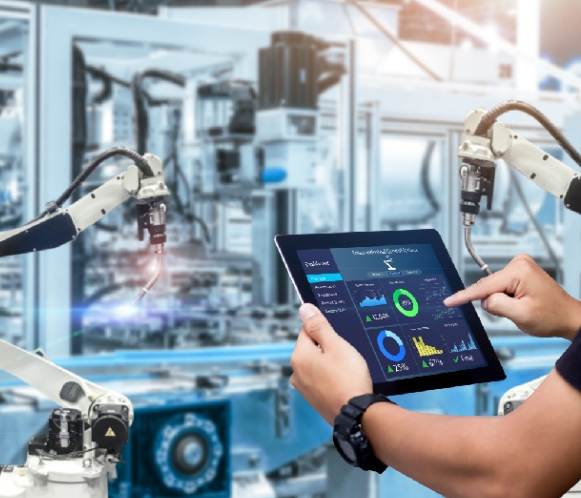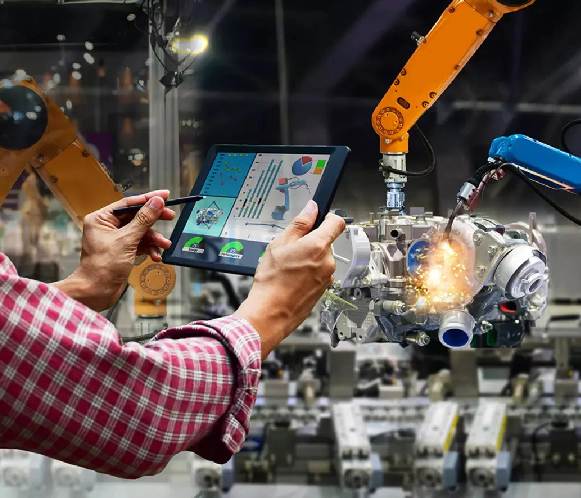
IIoT's Evolution in Productivity
The Industrial Internet of Things (IIoT) applies IoT technologies in industrial settings, utilizing connected devices, sensors, machinery, and data analytics. This integration enhances efficiency, productivity, and decision-making across industries. IIoT amalgamates interconnected systems to gather real-time data, enabling swift analysis and informed decision-making. By leveraging these technologies, it optimizes processes, minimizes downtime, and fosters smarter operations within industrial sectors, revolutionizing the way industries function and facilitating agile and data-driven approaches to various operational challenges.



